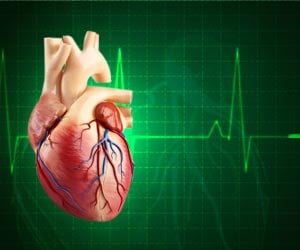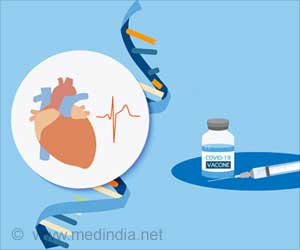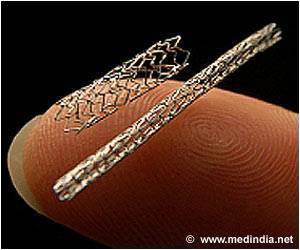Artificial intelligence (AI) can improve x-ray identification of heart rhythm devices such as pacemakers in emergencies. Using a trained software program called a neural network, scientists can speed up the care of patients with heart rhythm device problems.
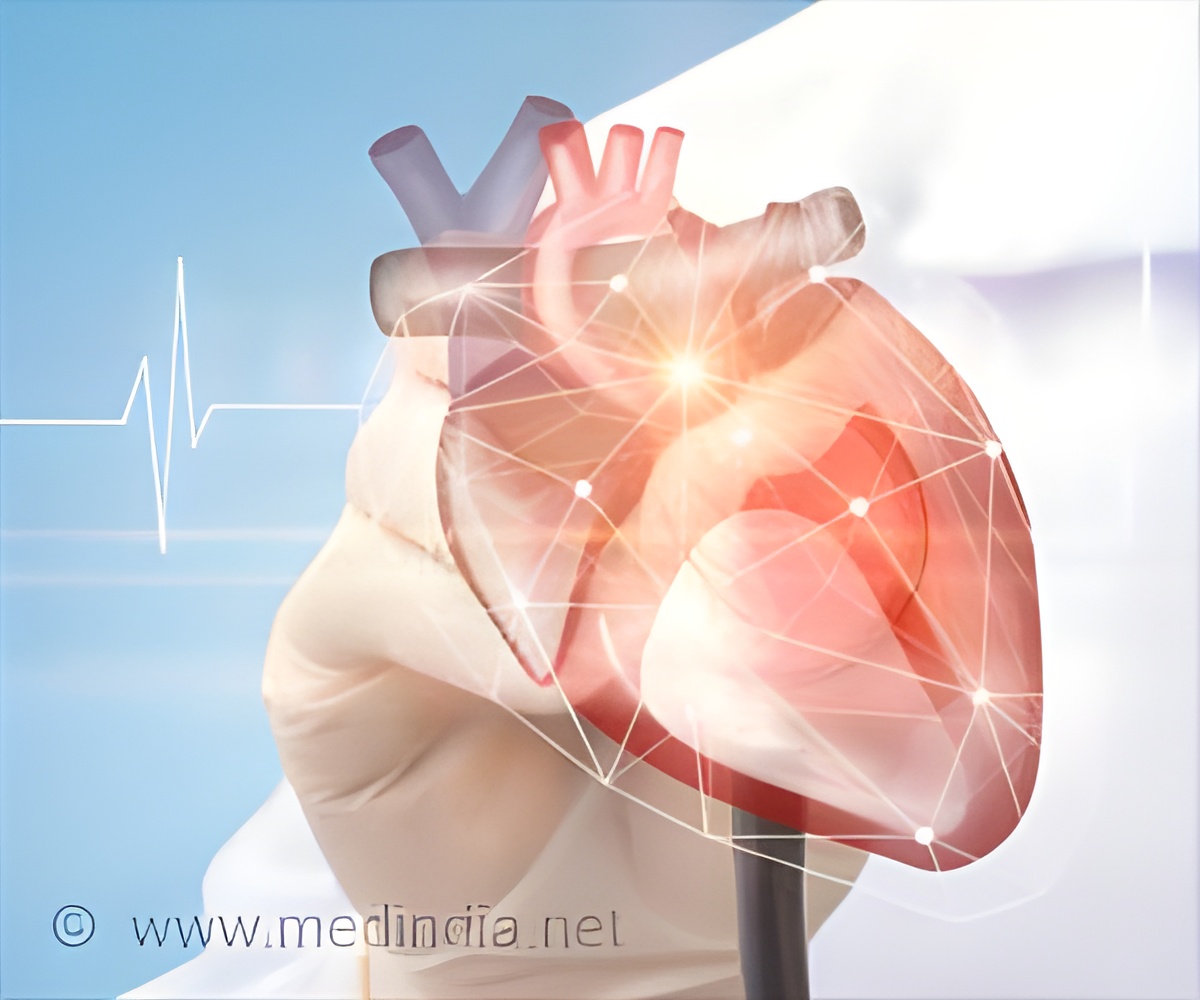
TOP INSIGHT
A trained software program called a neural network could significantly speed up the care of patients in an emergency setting with heart rhythm device problems.
Read More..
Dr. James Howard, Clinical Research Fellow at Imperial College London and lead author of the study, said: "Pacemakers and defibrillators have improved the lives of millions of patients from around the world. However, in some rare cases, these devices can fail, and patients can deteriorate as a result. In these situations, clinicians must quickly identify the type of device a patient has so they can provide treatment such as changing the device's settings or replacing the leads. Unfortunately, current methods are slow and out-dated, and there is a real need to find new and improved ways of identifying devices during emergency settings. Our new software could be a solution as it can identify devices accurately and instantly. This could help clinicians make the best decisions for treating patients."
More than one million people around the world undergo implantation of a cardiac rhythm device each year, with over 50,000 being implanted per year in the UK. These devices are placed under the patients' skin to either help the heart's electrical system function properly or measure heart rhythm. Pacemakers treat slow heart rhythms by 'pacing' the heart to beat faster, whilst defibrillators treat fast heart rhythms by delivering electric shocks to reset the heartbeat back to a normal rhythm.
However, in some rare cases, these devices can lose their ability to control the heartbeat, either because the device malfunctions or the wires connecting it to the heart move out of the correct position. When this happens, patients may experience palpitations, loss of consciousness or inappropriate electric shocks.
In these situations, clinicians need to determine the model of a device to investigate why it has failed. Unless they have access to the records where implantation took place or the patient can tell them, staff must use a flowchart algorithm to identify pacemakers by a process of elimination. The flowchart contains a series of shapes and circuit board components of different pacemakers designed to help clinicians identify the make and model of a patient's pacemaker. Not only is this time-consuming, but these flow charts are now outdated and therefore inaccurate. This can result in delays to delivering care to patients, who are often in critical conditions.
To use the neural network, the clinician uploads the X-ray image containing the device into a computer, and the software reads the image to give a result on the make and model of the device within seconds.
The team found that the software outperformed current methods. It was 99 percent accurate in identifying the manufacturer of a device, compared with only 72 percent accuracy for the flow chart. The team suggests the software could greatly speed up the care of patients with heart rhythm device problems.
The researchers will aim to carry out a further trial to validate the results in a larger group of patients and investigate ways to create a more portable device that can be used on hospital wards.
Source-Eurekalert
 MEDINDIA
MEDINDIA
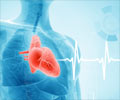


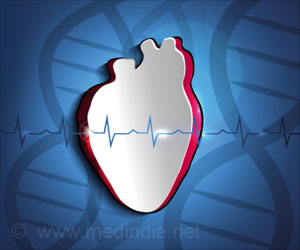
 Email
Email







